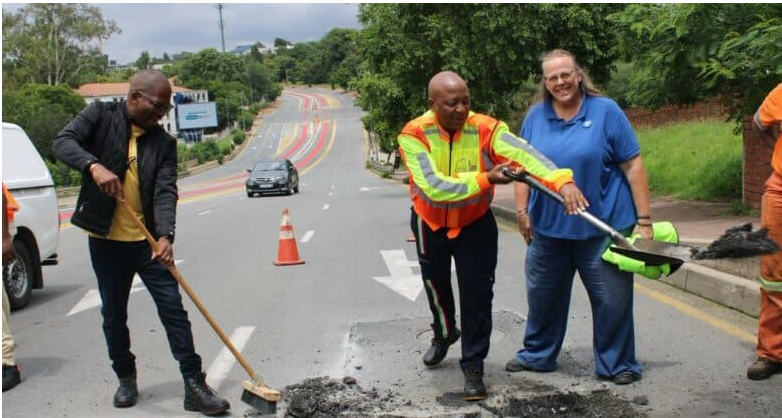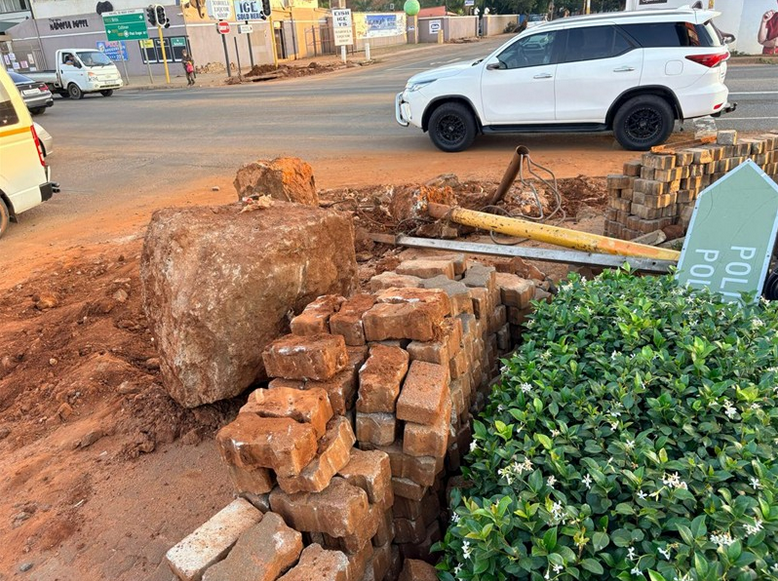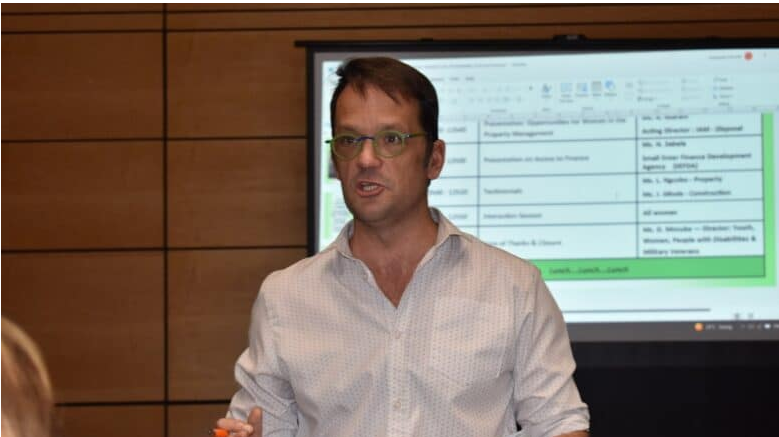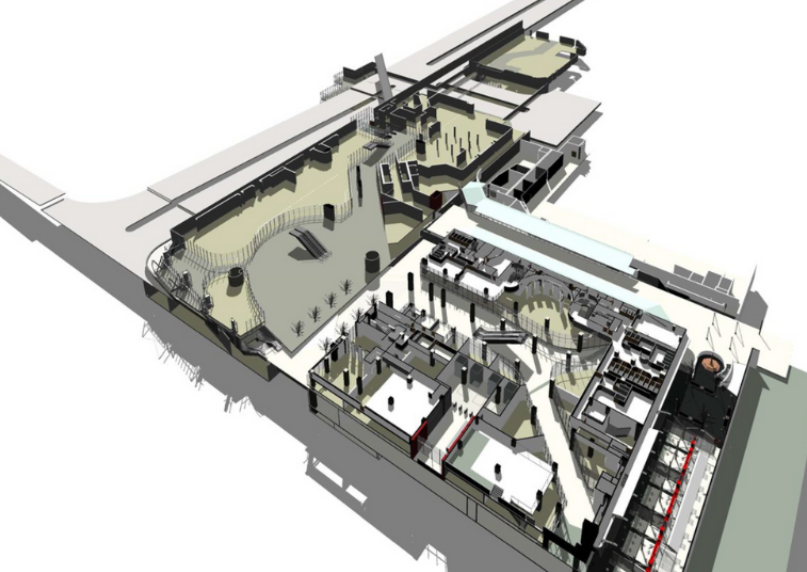Data-driven decision-making for water security

Advertising
29-05-2019
Read : 136 times
Bizcommunity.com
Source
Every day we make observations to inform our decisions - whether it is taking your loved one's temperature to establish if they have a fever or checking your fuel gauge or range on your vehicle's display. It provides us with the comfort of knowing and decision-making information. In 1954, Peter Drucker coined the now well-known cliché "What gets measured gets managed". It follows then that what does not get measured does not get properly managed. Recently, we have witnessed the immense power of data and the interpretive power of people and machines - these were the observation and imaging of a black hole (M87) and the impressive predictions of the national and provincial election results. We have the capabilities to conceptualise and develop some of the best descriptions of the physical world but we need observations to convert these conceptualisations into meaningful predictive and management models.
To ensure that these models (whether it is a simple equation or complex numerical model) perform as close as possible to reality we need more measurements and data to calibrate and validate model performance as well as improve confidence in the model outputs. Based on the information on hand, we make decisions and the quality of the decisions are directly related to the quality of the data and information. We are familiar with the acronym GIGO – garbage in garbage out. Over time, some of our decisions become almost automatic as we understand our environment, experiences and relationships of the variables. We manage the uncertainties and risks with the information at our disposal. Unfortunately, we cannot do the same with environmental systems because of the dynamic nature of these systems and the often complex and interrelated immediate and long-term feedback mechanisms.
Erratic climate systems
We got away with it for some time because some of the short- and long-term changes were fairly predictable. As our climate systems become erratic (and has been for some time) there is a need for data and information on a regular basis if not in near real-time. In trying to understand our water resources, we need to understand a multitude of things at the same time to plan and manage water provisioning, protection of the resource and predict potential disasters like droughts and flooding. One needs to understand long- and short-term weather and climate, land use changes, status of the surface water and subsurface water, water levels of the different reservoirs, water quality, social information, among others. All this requires quantitative and qualitative observations.
All this information and data is often collected by a variety of institutions. The data collected is often not for the purpose of managing water resources. Weather data (and in particular rainfall data) is for instance collected by the South African Weather Services, Agricultural Research Council, Department of Water and Sanitation, academia, farmers and the public. This happens independently of each other and accessing the data and information is cumbersome and often comes at a cost due to institutional policies. Data is not seen as a public good – it should be. More so if it has been paid for by the public purse. This information is required at a variety of spatial and temporal scales as it is not static information. Good decision-making thus relies on the best available near real-time information. Weather data is the main input in our planning models and improvement of the prediction of extreme events (i.e. droughts and flooding). Data sharing is thus a prerequisite for good decision-making. Unfortunately, there has been a steady decline in the collection of data and information related to climate and water systems. Coupled with the poor accessibility of data due to the fact that it is being sold or seen as a competitive advantage, makes for a troubling situation. The Water Research Commission has tried for years to get organisations to openly share data and harmonise data collection.
The commission has convened a Climate Advisory Panel to enhance collaboration and to provide a seasonal outlook and reflect on the season ending within the context of water security, provide recommendations and advice for the season, and to communicate the outcomes to a wider audience. Although not perfect, the predictions are a good start and can only get better if we rescue the ailing data collection systems, ensure interoperability of the data systems and improve institutional collaboration. Publicly funded institutions should make the data and information freely available – it is public good data. I would like to see a comparison of the monetary value of the data sold versus the cost of not having the information available to plan for droughts and floods. I suspect we are paying much more in disaster relief, agricultural losses, loss of life, economic growth, job losses and so on.
Revolutionising decision-making
The rise of big data analytics and advanced algorithms offer a good opportunity to start bootstrapping (i.e. getting us out of this situation using existing resources) and improve data collection, availability and quality. Big data analytics, machine learning and artificial intelligence is revolutionising decision-making at all levels. Coupled with remotely sensed information from satellite sensors, unmanned aerial systems (drones) and land-based radar, we can develop intelligent data layers. However, there will still be a need for land-based observations. Data collection systems must be optimised in time and space to give us the best available information using these technologies. Taking it a step further, we can incorporate data collected by ordinary citizens. In fact, there is a whole cadre of citizen scientists collecting data that can be extremely helpful in improving our understanding of Earth systems.
A groundwater app is being developed that will enable citizens to collect data and store it in an existing database using their mobile phone's GPS, camera, and other sensors. This information will then be cleared over time using a modified blockchain approach to satisfy the accuracy required by models and decision-makers. There is an urgent need for an integrated data centre or clearinghouse to serve planners, decision-makers and operators. The opportunity to create new career paths; most other jurisdictions have careers like chief data scientists, data collectors and modellers that ensure that their nations are prepared for imminent disasters and to effectively manage their resources. Locally, it seems that these activities are the first in line when there are budget cuts.
In short, if we do not measure and interpret the data, we cannot manage our water resources as well as prepare for environmental threats. Data and its proper interpretations are now more important than ever before. This is a plea to rescue and enhance monitoring systems, data collation, curation and interpretation for judicious management of our resources. Data must be democratised for wider benefit.
Recent News
Here are recent news articles from the Building and Construction Industry.
Have you signed up for your free copy yet?









